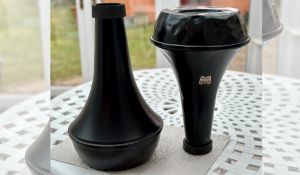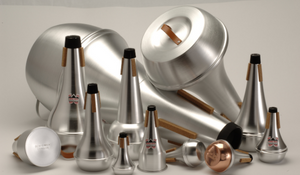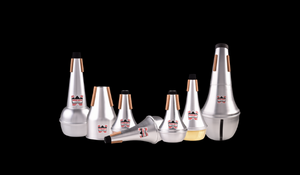
The polls are in - here are the Denis Wick Tips Community top picks for summer movies to motivate you!
If you're suffering from a lack of motivation to pick up your horn and practice technique this summer, we suggest popping some popcorn and watching one of these movies to give you the push you need to get back to the practice room!









